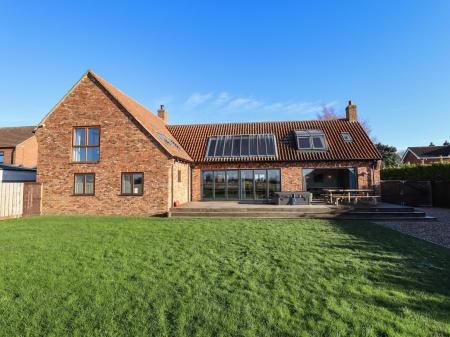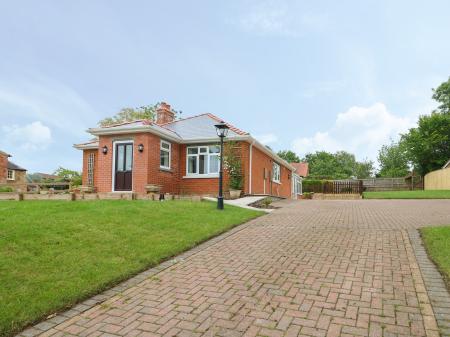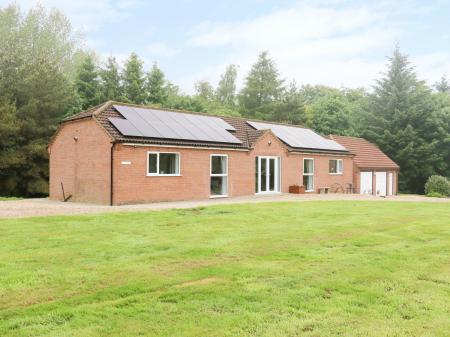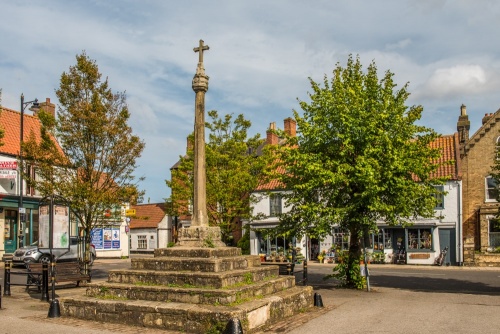
Franklin's Birthplace
The birthplace of the famous Arctic explorer is an unobtrusive building on the north side of the market place. A small plaque on the wall is the only clue that John Franklin was born here on 16 April 1786. It seems ironic that the narrow alley beside the building is dubbed 'Franklin Passage' when Franklin spent years fruitlessly searching for the Northwest Passage between the Atlantic and Pacific oceans.
John Franklin was the fourth son of nine children. He was educated at Louth and joined the navy at the age of 14. He fought at the Battle of Copenhagen in 1801 and the Battle of Trafalgar in 1805.
In 1819 Franklin commanded an expedition to the Arctic, in search of the fabled Northwest Passage. It was during this voyage that he gained the moniker 'the man who ate his boots' after he and his shipmates were forced to eat the leather from their boots to stave off starvation.
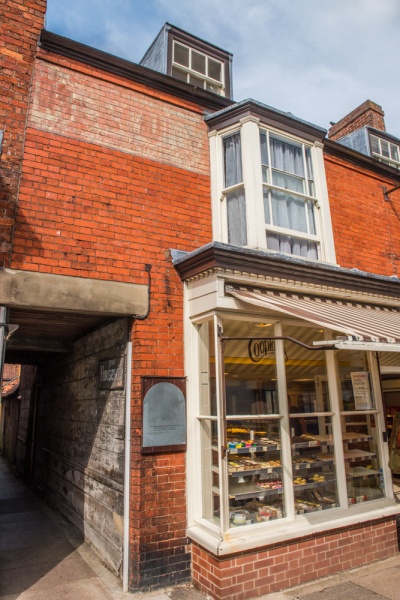
In 1845 he sailed on his last voyage to the Arctic. The expedition vanished, and for many years its fate was unknown. It is now known that Franklin died on Beechy Island in 1847, possibly of natural causes, though it seems likely that the rest of the party died from a combination of disease and starvation, possibly by lead poisoning from the tinned cans they used to store food.
A statue of Franklin was erected in the Market Place in to commemorate the town's most famous son. It bears the erroneous inscription 'Sir John Franklin - Discoverer of the North West Passage' for, of course, Franklin did not discover the passage through the Arctic seas, though he strove for years to map a possible route. There is also a verse by Alfred, Lord Tennyson, who was married to Franklin's niece.
Another reminder of Sir John Franklin is Franklin Hall, now the community cinema. The hall was built in 1899 as a drill hall for the 7th Spilsby Rifle Volunteer Corps. During WWI the hall was used as a Red Cross hospital, manned by volunteer nurses.
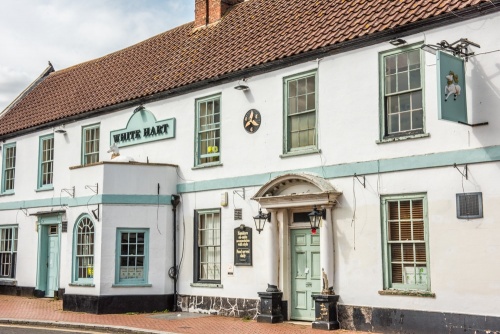
St James Church
The parish church of St James stands on the corner of Boston Road and Church Street. It was begun in the early 14th century under the patronage of the Willoughby family. In 1302 Sir Robert Willoughby established a College of Priests and erected the Holy Trinity Chapel as their home. The chapel now forms the oldest part of St James' church.
The church was built from local Spilsby sandstone, but the building was refaced with Ancaster stone during restoration in 1879. Inside the church are memorials to Sir John Franklin and his 2 brothers, as well as ornate monuments to generations of the Willoughby de Eresby family, lords of the manor. Look for the organ, built in 1840 by the famous Victorian organ maker William Hill, also a native of Spilsby.
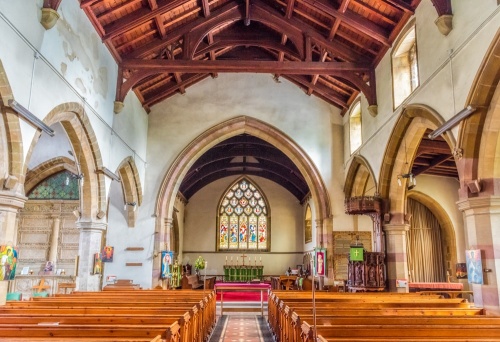
Near St James' Church is the neo-classical Spilsby Theatre, a Grade II listed building that was once the Session House (court house). The small rooms that once served as holding cells are now used as dressing rooms. A stone's throw away is the former Spilsby Grammar School building, erected in 1914.
Another of Spilsby's iconic buildings is the White Hart Hotel, built as a coaching inn in the 17th century. Look for the plaque on the first floor commemorating the foundation of the Cyclists' Touring Club in 1878. Throughout the late 19th and early 20th century inns often sported plaques like this to show that they welcomed cyclists.
Another historic inn is the Nelson Butt on the south side of Market Street, built around 1700 and listed Grade II. The inn takes its name from Admiral Lord Nelson and a 'butt' or cask made to hold 126 gallons.
In the centre of the market place is the historic Old Town Hall. The Hall served as a covered market in the 18th century. The arcaded ground floor provided market stalls for merchants as well as a Corn Exchange, while the upper floor had chambers for the town council chamber, court house and gaol.
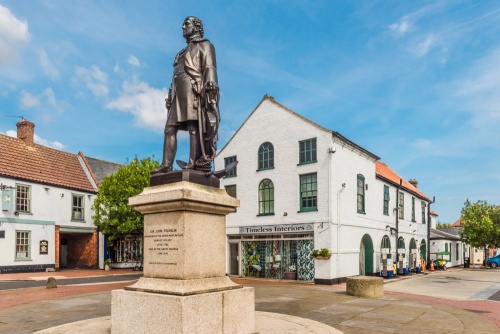
At the eastern end of the market place is a 14th-century butter cross, a reminder that Spilsby was granted the right to hold a weekly market in 1255, as well as an annual fair. Across the road is Spilsby Methodist Church, built in 1877-8 in the Geometric style by Charles Bell.
The town is surrounded by history; nearby is Somersby, the birthplace of the poet Alfred, Lord Tennyson. The ruins of Bolingbroke Castle, the birthplace of Henry IV, stand only 3 miles away, and the stately home of Gunby Hall is 4 miles from Spilsby. Just a few miles away is the Lincolnshire Aviation Heritage Centre, occupying the restored East Kirkby airfield.
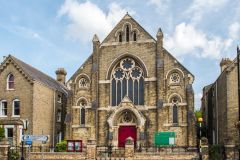
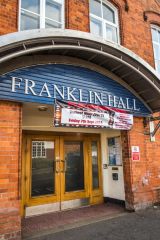
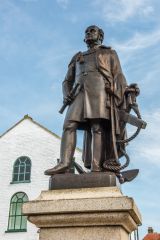
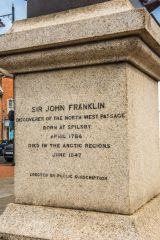
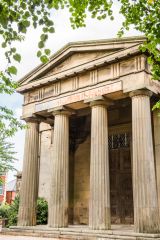
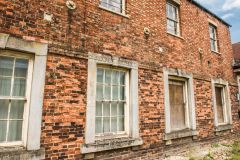
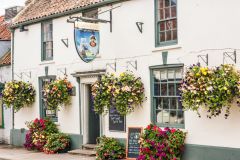
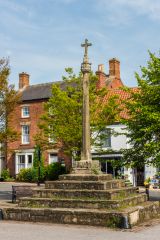
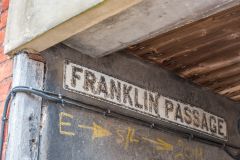
 We've 'tagged' this attraction information to help you find related historic attractions and learn more about major time periods mentioned.
We've 'tagged' this attraction information to help you find related historic attractions and learn more about major time periods mentioned.